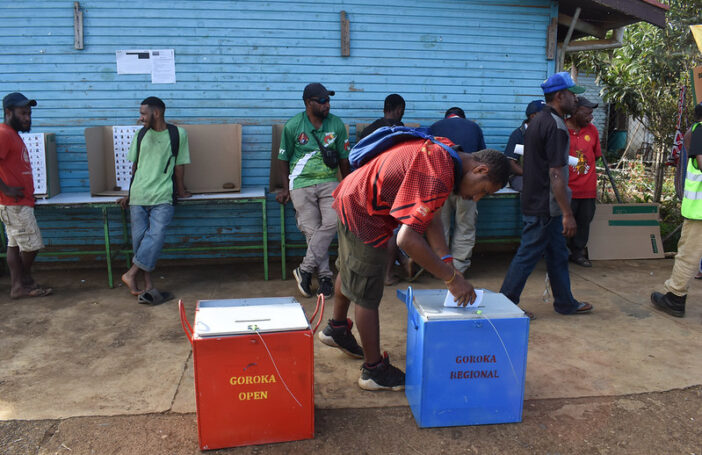We know that aid predictability is important for effectiveness. So why do donors fail to stick to their spending plans?
A new working paper [pdf] from the Kiel Institute for the World Economy, titled Why Aid is Unpredictable: An Empirical Analysis of the Gap between Actual and Planned Aid Flows, argues that aid becomes less predictable when donor-recipient relationships are more fragmented.
The authors (Gustavo Javier Canavire-Bacarrezza, Eric Neumayer and Peter Nunnenkamp) hypothesise that fragmentation has such an effect due to a propensity of donors to want to “fly the flag” around the world and gain visibility, rather than more closely coordinating their aid and focusing on effectiveness. The more donors a country has (the more fragmentation), the lower the reputational costs for any donor not to stick to their plans, but to increase or decrease their aid depending on what short-term diplomatic or publicity opportunities present themselves.
When they seek to analyse the determinants of fragmentation, the authors find asymmetric results: there is a ‘considerable impact’ from fragmentation on overshooting—when more aid is provided than budgeted— but fragmentation seems to have no impact on aid cuts.
They never really explain this asymmetry, but the result is nevertheless an interesting one, and another argument in favour of selectivity and against fragmentation.
But the authors themselves are quite pessimistic. They conclude that aid fragmentation will continue due to different incentives and shortsightedness on both sides—recipient countries may not press harder to end fragmentation because it enables them to play donors off against each other; while donor agencies will want to keep flying that flag.




